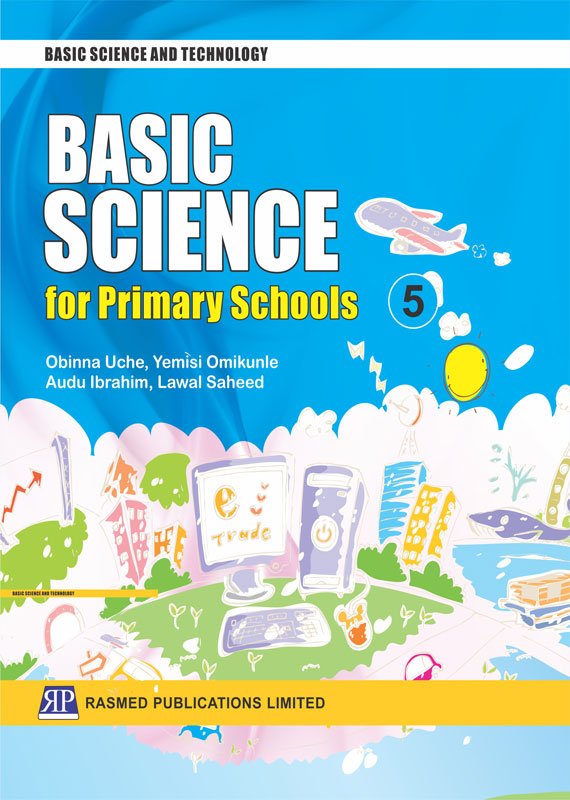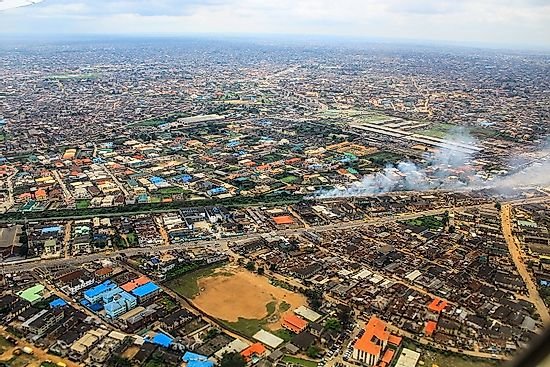Exploring Basic Science For Primary 5 Students
Wondering how to make basic science for Primary 5 engaging and fun? Look no further. Dive into the wonders of the natural world with interactive experiments, fascinating facts, and hands-on activities tailored specifically for young learners. Spark curiosity and ignite a passion for discovery in your students as they explore the fundamentals of science. Let’s embark on a journey together where learning is both educational and exciting. Get ready to inspire young minds with the wonders of basic science for Primary 5.
Exploring Basic Science for Primary 5
Welcome, young scientists, to an exciting journey into the world of basic science for Primary 5! This is where we dive into the wonders of the natural world, conduct fun experiments, and learn about the principles that govern everything around us. So, put on your lab coats, grab your goggles, and let’s embark on this science-filled adventure together!
The Nature of Science
Before we jump into the exciting experiments and discoveries, let’s first understand what science is all about. Science is like a giant puzzle where we try to solve mysteries by asking questions, making observations, and conducting experiments. It helps us understand how things work and why things happen the way they do.
Asking Questions
Science starts with curiosity. It’s about asking questions like “Why is the sky blue?” or “How do plants grow?”. By asking questions, we set out on a journey to discover the answers and learn more about the world around us.
Making Observations
Observing is a vital part of science. It involves using our senses to gather information about the world. Whether it’s watching a caterpillar turn into a butterfly or noticing how water evaporates, observations help us make sense of the natural phenomena.
The Three Branches of Science
Science is divided into three main branches: Physical Science, Life Science, and Earth Science. Each branch focuses on different aspects of the natural world and teaches us unique things about how our planet functions.
Physical Science
Physical Science deals with non-living things like matter, energy, and forces. It includes topics such as physics and chemistry. In Primary 5, you’ll get to learn about the properties of matter, the different forms of energy, and how forces work.
Life Science
Life Science is all about living organisms, from tiny cells to giant whales. You’ll explore topics such as plants, animals, and the human body. Get ready to discover how living things grow, reproduce, and adapt to their environments.
Earth Science
Earth Science focuses on our planet and its processes. You’ll learn about rocks, minerals, weather, and the environment. From the mysteries of volcanoes to the beauty of rainbows, Earth Science will take you on a journey through the wonders of our planet.
Fun Experiments to Try
One of the best parts of learning science is getting hands-on with experiments. Here are a few fun and safe experiments you can try at home or in the classroom:
1. Growing Your Own Crystal Garden
Materials needed: Epsom salt, water, glass jar, string
Instructions: Dissolve Epsom salt in warm water, then suspend a string in the jar so that it hangs down into the solution. As the water evaporates, crystals will form on the string, creating a beautiful crystal garden.
2. Making a Volcano Eruption
Materials needed: Baking soda, vinegar, dish soap, food coloring, container
Instructions: Place baking soda in the container, add a few drops of food coloring and dish soap. Pour vinegar into the container and watch as the mixture fizzes and erupts like a volcano!
3. Creating a Rainbow in a Jar
Materials needed: Water, light source, glass jar, sugar, food coloring
Instructions: Fill the jar with water, add sugar to create different densities, and then carefully add layers of colored water. Shine a light through the jar to see a beautiful rainbow effect!
Key Concepts to Remember
As you delve deeper into the world of science, remember these key concepts that will help you understand the fundamental principles of the natural world:
1. The Scientific Method
The scientific method is a step-by-step process that scientists use to study the world around them. It involves making observations, asking questions, forming hypotheses, conducting experiments, and drawing conclusions.
2. The Importance of Accuracy
Accuracy is crucial in science. It means being precise and careful in your observations and measurements. By being accurate, you ensure that your results are reliable and can be trusted by others.
3. The Diversity of Life
Life on Earth is incredibly diverse, with millions of species living in different habitats and ecosystems. Understanding the diversity of life helps us appreciate the interconnectedness of all living things.
Congratulations, young scientists, on completing this exploration of basic science for Primary 5! By now, you’ve learned about the nature of science, the three branches of science, fun experiments to try, and key concepts to remember. Remember, science is all about curiosity, exploration, and discovery, so keep asking questions and never stop exploring the wonders of the natural world. Stay curious, stay enthusiastic, and keep on experimenting!
BASIC SCIENCE PRIMARY 5 EROSION
Frequently Asked Questions
What are the three states of matter?
There are three main states of matter: solid, liquid, and gas. Solids have a definite shape and volume, liquids take the shape of their container but have a definite volume, and gases have neither a definite shape nor volume.
How does heat energy affect matter?
Heat energy can cause matter to change states. When matter is heated, it can change from a solid to a liquid (melting) and from a liquid to a gas (evaporation). Conversely, when matter loses heat energy, it can change from a gas to a liquid (condensation) and from a liquid to a solid (freezing).
What is the role of the sun in the water cycle?
The sun plays a crucial role in the water cycle by providing energy for the process. Sunlight heats bodies of water, causing evaporation, where water turns into water vapor and rises into the atmosphere. This vapor eventually condenses to form clouds, leading to precipitation in the form of rain or snow.
Final Thoughts
In conclusion, understanding basic science for primary 5 is crucial for young learners. By grasping fundamental concepts early on, students can build a strong foundation for future scientific exploration. Encouraging curiosity and hands-on learning experiences can further enhance their understanding. Remember, fostering a passion for science at a young age can lead to exciting discoveries and a lifelong love for the subject.






Post Comment